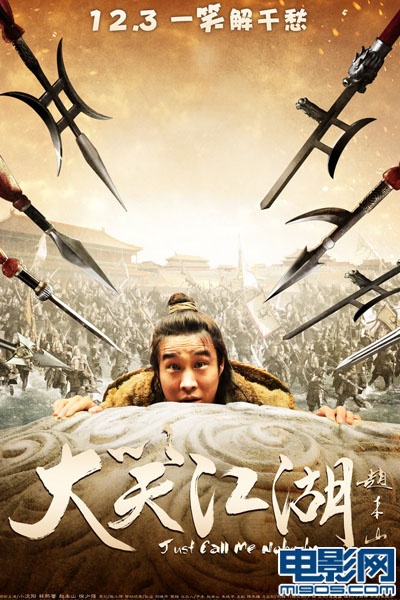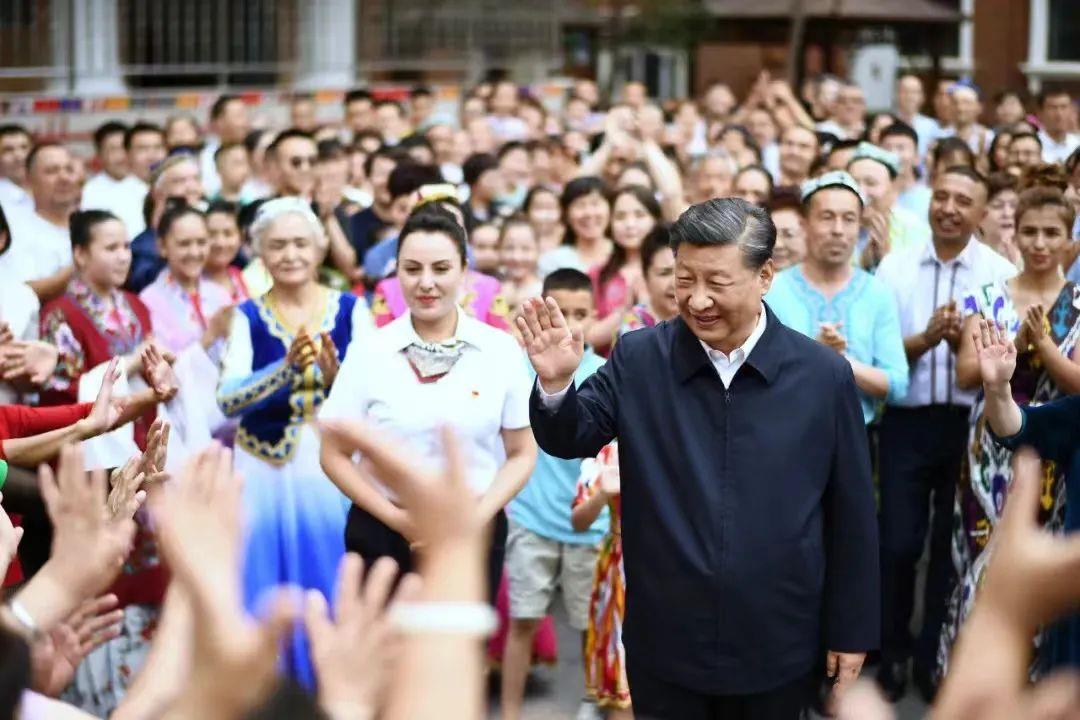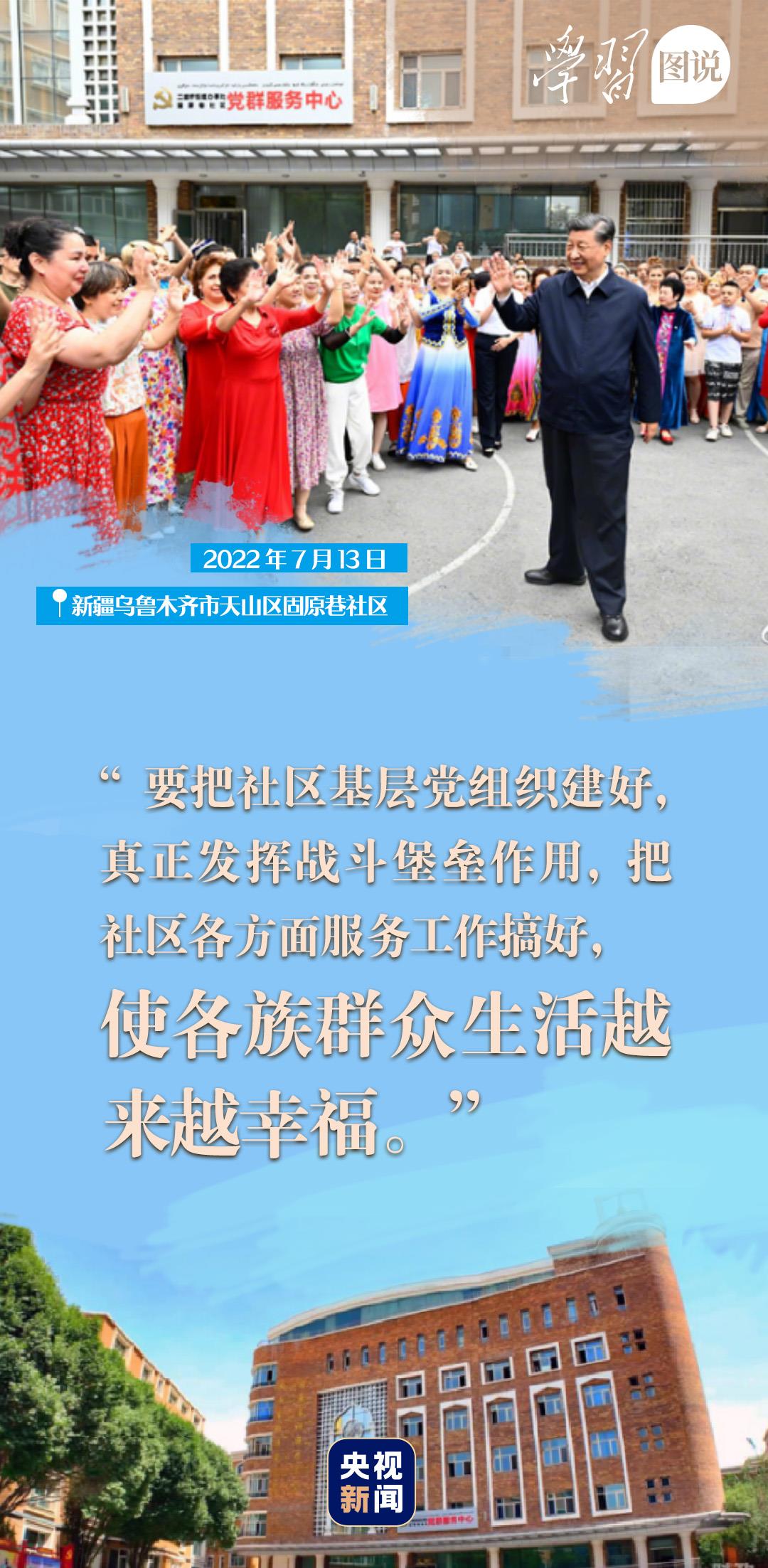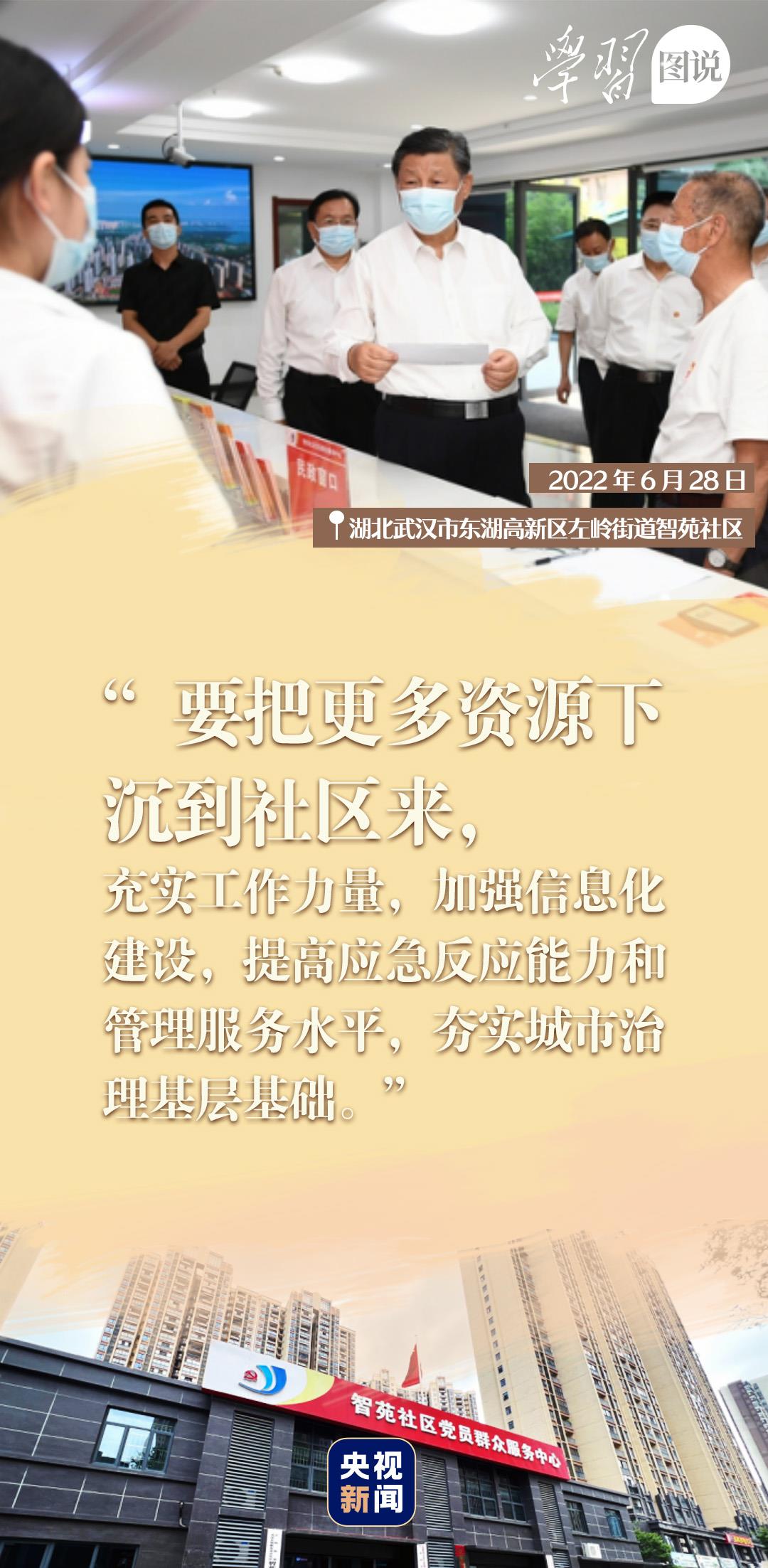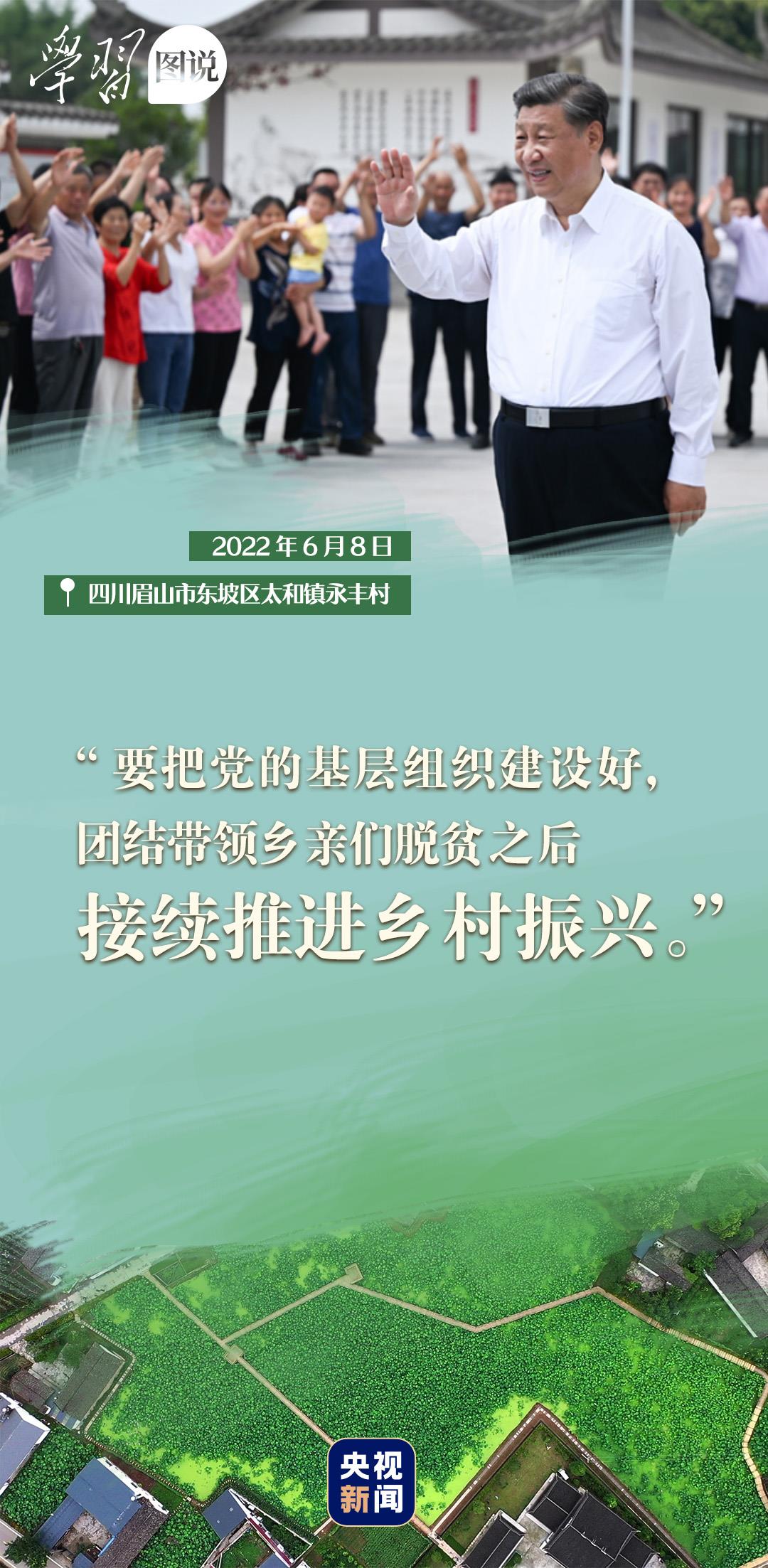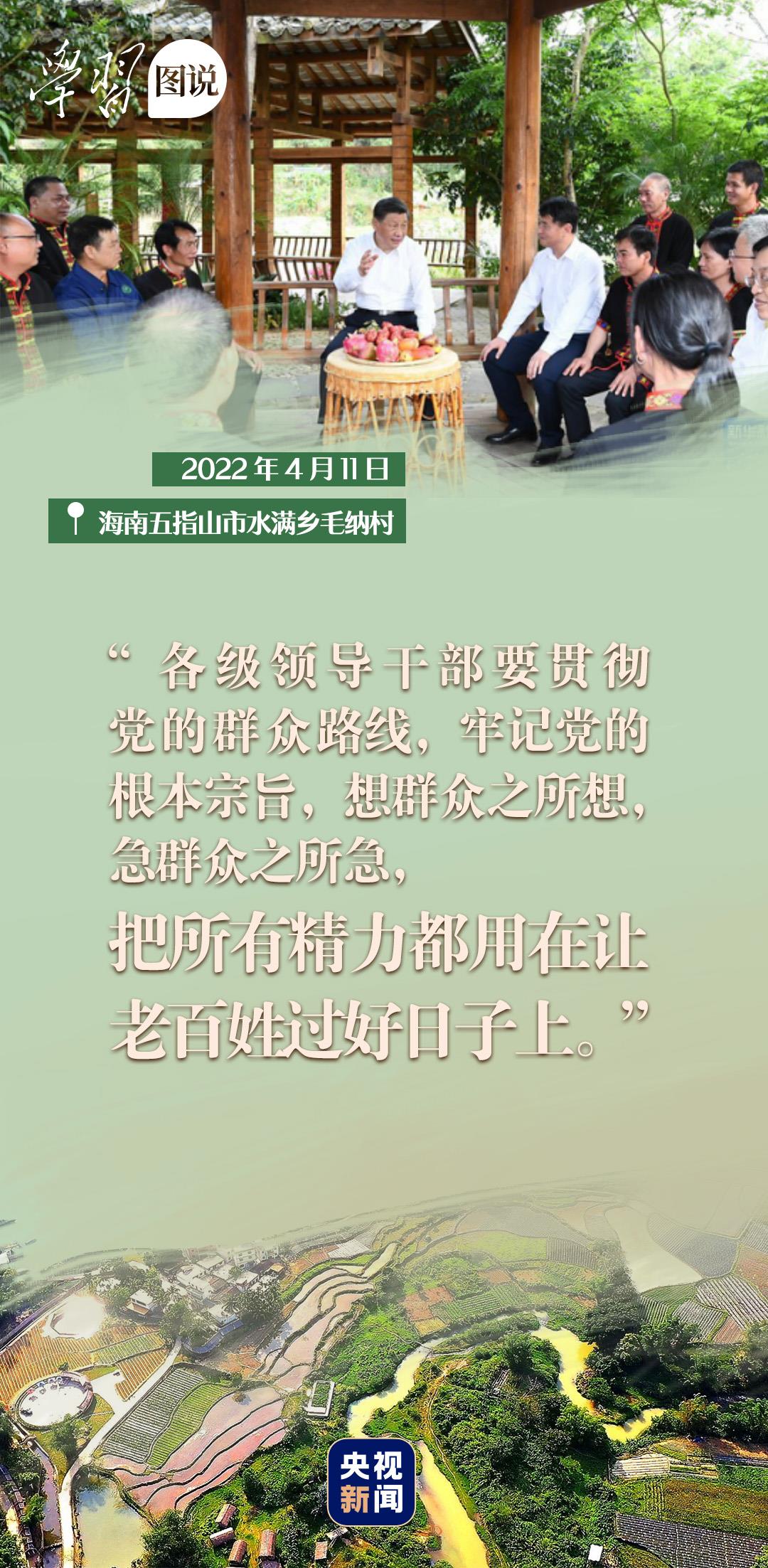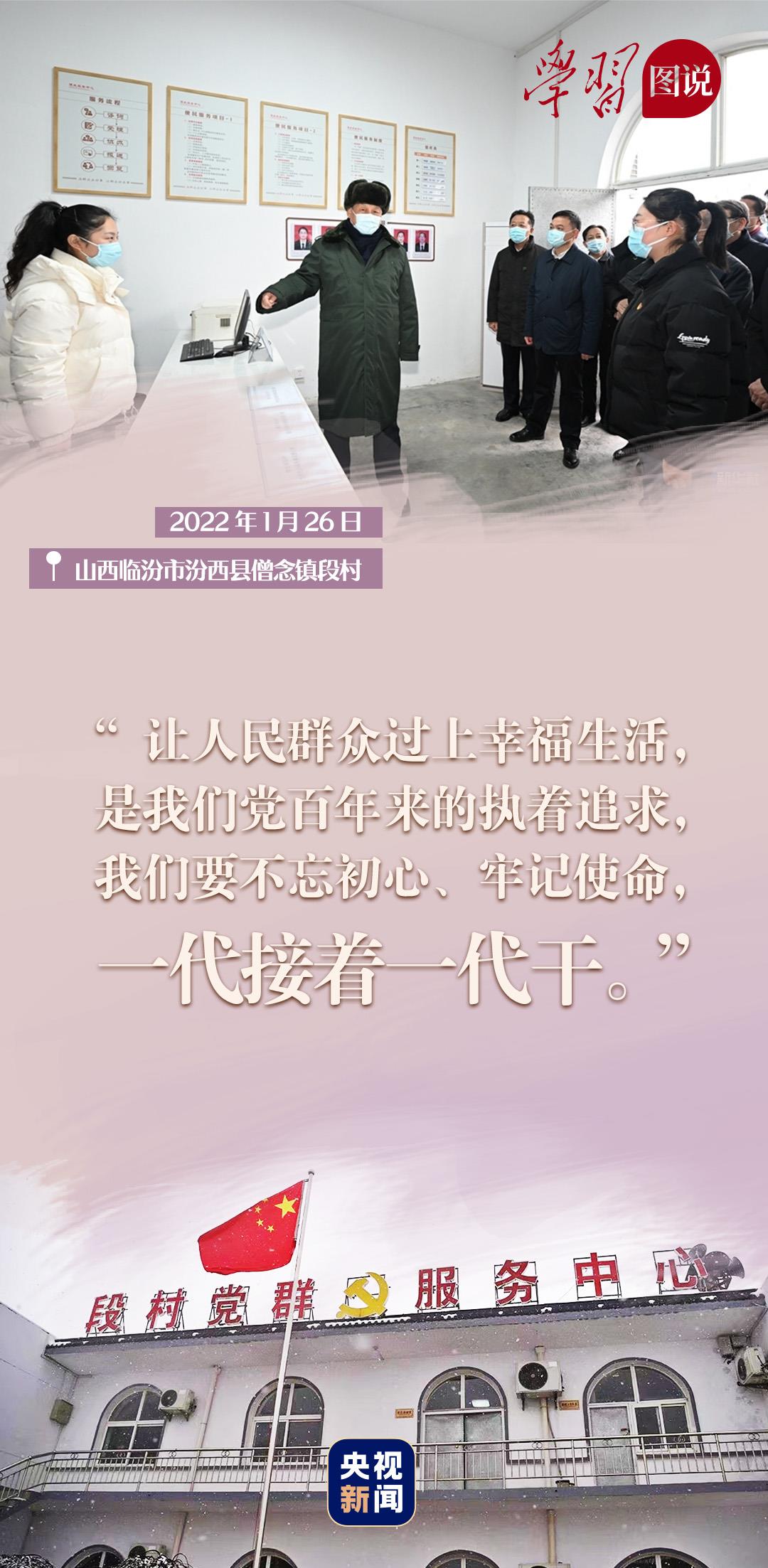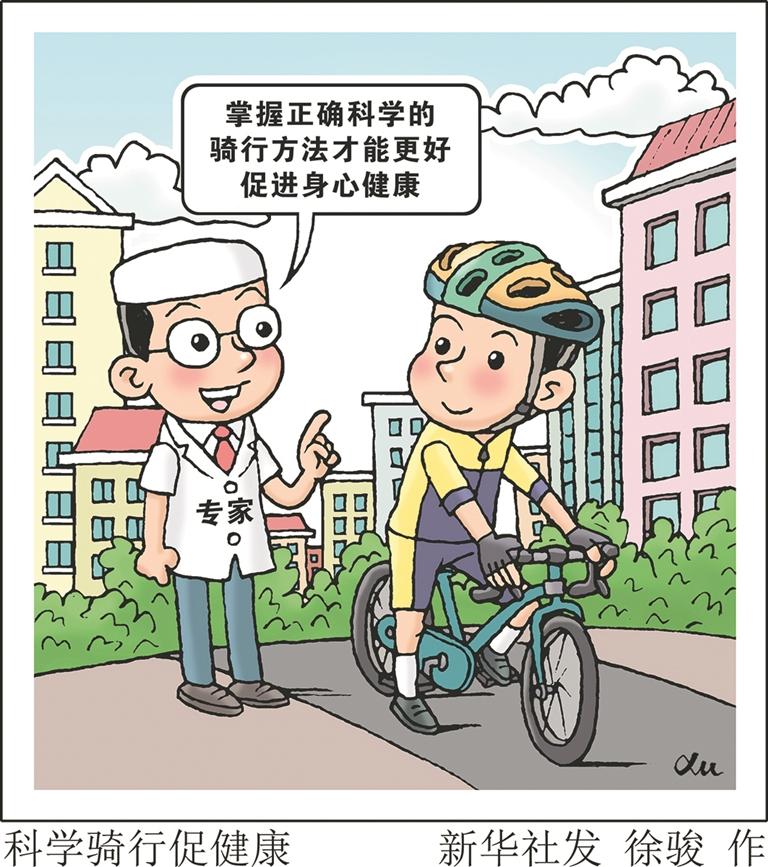Our reporter Gong Peijia reports from Shandong.
The "China Gold First Case" is like an atomic bomb, which has attracted attention from many parties and left a mystery. "Is the bank gambling in the village", "Is it a rat warehouse", "Is it a hacker tampering with the system" and "Who is the huge profit?" … Our reporter heard constant doubts during the interview in Jinan, and the case hit the legal blind spot that banks can be denied as market makers.

It seems that there is never a shortage of wealth myths around us.
The legend that Nanjing investors made 700 times a day speculating in warrants and 820 yuan turned into 560,000 yuan has not yet vanished, and another wealth myth in the gold market has moved from behind the scenes to the front with a lawsuit reported by the media in mid-August.
At the end of June, 2006, two young investors, Fan Wenda and Song Ronggui, bought and sold "paper gold" by telephone in Jinan Luoyuan Sub-branch of ICBC Shandong Branch with an original principal of 27,000 yuan, and made a profit of more than 21 million yuan within 10 days. However, the huge amount of books has not been realized in time, that is, it has been forcibly removed by the bank on the grounds of improper profit. Fan Song, who took a roller coaster ride, had no choice but to appeal to the court, and Luoyuan Sub-branch immediately counterclaimed. At present, the case is awaiting trial.
Like an atomic bomb, it has attracted much attention, but at the same time, it has left a mystery. "Is the bank gambling in the village", "Is it a rat warehouse", "Is it a hacker tampering with the system" and "Who is the huge profit?" … Our reporter heard constant doubts during the interview in Jinan, and the case hit the legal blind spot that banks can be denied as market makers.
"As the world’s largest bank after listing, this is a great negative news for ICBC." Wang Jizhou, vice president of Beijing Yihe Xingye Investment Consulting Co., Ltd. told this newspaper, "Normal trading can’t make so much profit. The biggest possibility is that there is a technical problem with ICBC’s trading software; In this way, the responsibility cannot be passed on to investors. "
On August 30th, this newspaper learned from Sun Qilun, a lawyer of Beijing Bairui Law Firm who represented the plaintiff: "The normal court session of the case will take at least two months, but it involves the interests of both parties, and it is expected to reach a settlement in the end."
Both sides are unusually low-key
On August 29th, an autumn rain made the weather in Jinan suddenly cool from hot. When the "China Gold First Case" was heated up, the reporter came to the crime scene, which was as unexpected as the weather change: he was given a cold shoulder.
"I haven’t heard of it!" Xiao Jinming, executive vice president of Shandong University Law School, was at a loss when interviewed by this newspaper.
Coincidentally. Zhang Liming, a citizen of Jinan, speculated on both physical gold and "paper gold". When he met a reporter near quancheng square, he even said, "I don’t know." The reporter got the same answer from a number of taxi drivers with the most concentrated similar information, the Legislative Affairs Office of the Shandong Provincial Government and the Shandong Securities Regulatory Commission. Check the local major media, and I haven’t seen any reports.
Director Dang Yali of the Propaganda Department of Jinan Public Security Bureau confirmed to reporters that someone reported the case at that time, but after investigation, it was considered to be a civil dispute and did not meet the conditions for filing a case.
What is even more incomprehensible is that Fang Fansong, the plaintiff who desperately hopes to get the support of public opinion, even avoided it. The reporter called the newspaper that reported the matter for the first time and was told: "Fan Song has now declared that he will not accept any interviews."
The defendant was equally indifferent: after Director Zhu of Luoyuan Sub-branch refused to be interviewed, President Bao of ICBC Shandong Branch only said "judicial procedures are being taken at present" and then refused to talk more. Director Xie of the Information Office of ICBC Beijing Head Office refused to elaborate on the grounds that he was unclear.
Ma Jun, the first civil court judge of Lixia District Court in Jinan, said that the case had been transferred to the Intermediate People’s Court. According to the case, the amount of the subject matter has far exceeded 2 million yuan, and it is very likely that it will not be tried in the district court.
It is expected to settle before court.
Half seawater, half flame. The dispute over interests seems to have just begun. Why did it die in the face of public opinion?
"There is no need to offend ICBC. Although we are full of confidence in the progress of the case and weigh the pros and cons, it is also a good choice if we can reach a settlement before the court." Sun Qilun said that ICBC also expressed this, but did not receive the relevant written notice.
Yuan Xiaojun, a lawyer of Shandong Kechuang Law Firm across the street from ICBC Luoyuan Sub-branch, believes that reconciliation is the result that both parties are willing to see. Fan Song gets a relatively small compensation, and the bank can eliminate the adverse effects as soon as possible; Once the lawsuit is lost, hundreds of thousands of litigation costs are too high.
"If reconciliation is achieved, the biggest reason is that both sides have a loss." Wang Jizhou said.
When interviewed by this newspaper, some people analyzed that the plaintiff Fan Wenda’s intention is very doubtful: Fan, who works in Jiangxi, went to Shandong for a business trip and even took more than 20,000 yuan of spare money, and borrowed Song Ronggui’s ID card to speculate in different places, and still used the account card after making huge profits. It is against common sense; Even if the loopholes are found to be harmless at first, repeated operations afterwards are still suspected of profiteering.
Some netizens posted on the Internet that Fan knew about the loopholes in the banking system, and Song was just a cover for him. Even some netizens simply questioned that this was a rat warehouse. In this regard, the reporter inquired from many parties and it was not confirmed.
Behind the myth of wealth
In fact, most of the experts interviewed pointed to the serious loopholes in ICBC’s operating system that led to the birth of the wealth myth. And this is the reason why ICBC keeps a low profile.
"Obviously there is something wrong with the bank’s operating system." Hou Ning, chief economist of Paifeng Financial Consultant (Beijing) Co., Ltd. said.
Wang Jizhou’s view is similar to that of Hou Ning. He believes that with the identity and background of Fan Song, they simply do not have the conditions to operate a rat warehouse, and at present, the domestic gold market has not yet formed the power to appear as a banker.
Regarding the question that Fan Song was a hacker and tampered with the transaction procedures of the banking system, Wang Jizhou said: "The security performance of the banking system is very high. Even if it is tampered with, the purchase price can only be as low as MINUS the almost price; Besides, if it is hacked, ICBC will not be so low-key and passive. "
Wang Jizhou reminded reporters that if margin trading is implemented, it is not impossible to leverage 21 million profit with a capital of 27,000 yuan within 10 days. However, the reporter learned from the personal business department of ICBC Shandong Branch that ICBC’s "paper gold" business did not implement the deposit system.
It is reported that according to the international practice and the basic principle of pending orders, when placing an order by telephone, only the purchase price is higher than the immediate price can the order be concluded.
Then, how did Fan Song buy it at a price of 145 yuan, or even 142 yuan, which is far lower than the real-time price of 160 yuan in the international market?
"The biggest possibility is that there is a lag loophole in the quotation system of ICBC, which happened to be discovered by Fan Song." Wang Jizhou’s analysis is: if manual quotation is adopted, the update will lag behind and cannot keep up with the price changes in the international market; After comparing the international market price with the disk quotation, investors find the difference, first buy at a low price in the international market, and then sell at a bank quotation for profit; At this time, the bank will pay for the delay in quotation.
However, some insiders believe that the price of gold will not fluctuate too much in one day, and the price of 142 yuan/gram is very small, and there will be no day trading, so the loopholes in the banking software system will not only be so superficial.
When a reporter asked about the security of ICBC’s "paper gold" business as a customer, a person from the Capital Operation Department of Shandong Branch said that in the process of new business development, the software system must undergo unit testing, integration testing and system chain testing, and a business acceptance test must be done before a business goes online. Before the system is pushed to the customer, the bank will conduct a verification test to ensure that loopholes are avoided to the greatest extent possible.
Go straight to the legal blind spot
No one will easily let wealth slip through his fingers. The "China Gold First Case" failed, and the ownership of the huge profit of 21 million is still the focus of debate.
He Shan, a professor at Peking University, believes that Fan Song’s profits have met the legal requirements of unjust enrichment and should be recovered according to law. Yuan Xiaojun believes that as long as Fan Song operates in strict accordance with the trading rules provided by the bank, it will not violate the rules and the profit will be justified; If there are technical problems, the responsibility lies with banks and software vendors.
The answer is different because the case hit the legal blind spot: is the bank a market maker? There is no legal basis for judgment.
It is understood that in the international gold market, there are five major banks as market makers of gold investment, which quote their own trading prices according to the international gold price, and investors trade according to this. Once the transaction is reached, the market makers are responsible for their own profits and losses; If there are loopholes in the market maker, the market maker should bear the losses. The market maker can pursue the parties who caused the loopholes, but the losses cannot be passed on to the investors. At present, it is not clear that banks are market makers in China, so they cannot be required by the model of market makers.
Some experts believe that it is not illegal for banks to pass on the losses of loopholes to customers.
In this regard, Wang Jizhou is not so important about the identity of the bank. What matters is the transaction process. He believes that domestic banks do not have a large amount of gold reserves, but are just intermediaries, and they build a trading platform similar to intermediaries to collect spreads and make profits, with minimal risk; Even if the bank is not a market maker, the transaction should be effective in an open and equal manner. Once something goes wrong, the bank can’t let the investors bear it unilaterally, and the risks should be borne.
Editor: Li Xingchi







